Folklore for Spring
| The 1st February the beginning of Spring was called Oimelc, signifying ewe milk, for that is the time the sheep's milk comes but this day is now universally known among Irish speakers as Féil Bhrighde, Fail Vreeda, St Brigit's festival, the old Pagan name Oimele being obsolete for centuries. Social History of Ancient Ireland - P. W. Joyce |
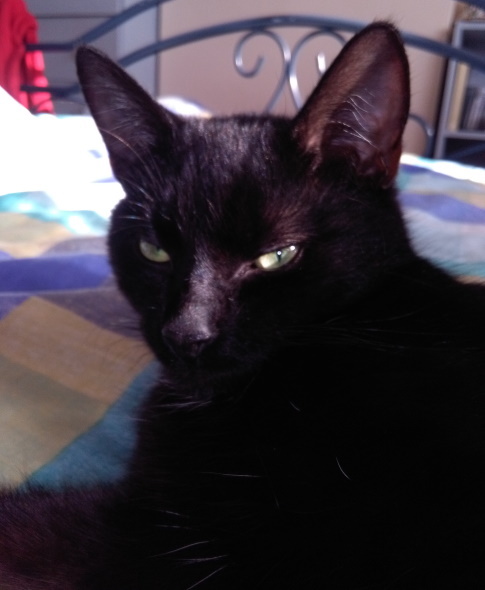
If the cat lies in the sun in February she'll creep to the hearthstone in March. Duchas Schools Collection - Roscommon
The borrowing days of the year are the last two days of March and the first day of April. Duchas Schools Collection - Leitrim They are called Riabhóg Days.
A dry March never begs it's bread. If March comes in like a lion it goes out like a lamb, and if it comes in like a lamb it goes out like a lion. A wet March makes a bad harvest. March winds and April showers bring forth May flowers. Duchas Schools Collection - Cork
A showery April a flowery May Duchas Schools Collection - Roscommon
The swallow comes about the middle of April. The cuckoo comes about the first of May and the corncrake comes to us about the end of May. Duchas Schools Collection - Tpperary
The first time you hear the cuckoo, if you rattle your money you would not be short of money again for the year. Duchas Schools Project - Different things for April - Mayo
Between March 1st and the end of April is called "The Harvest of the Geese" and it is said to be a lucky period during which to sow crops. Duchas Schools Project - Tipperary
Days of the Old Cow
"Now put on your cóta mór - big coat, button it closely down before, for I tell you that just now, April skins the olden cow."
| Two days in March and a day in April are called "Laethe na Riabhaighche" or the "Days of the Old Cow." | 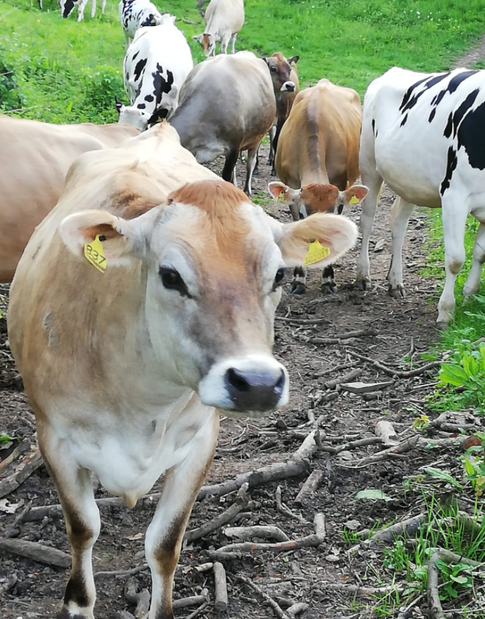 |
There was a riabach, old cow, long ago who thought that March was finished and said, "Mo shlán chúgat, a Mhárta riabhaigh" - "Farewell to you, March". However, she made a mistake as March borrowed a day from April and on that day, the old cow was drowned. Lore of Certain Days - Cork
This is really weather lore, as to skin the Old Cow refers to the end of Winter's harsh days.
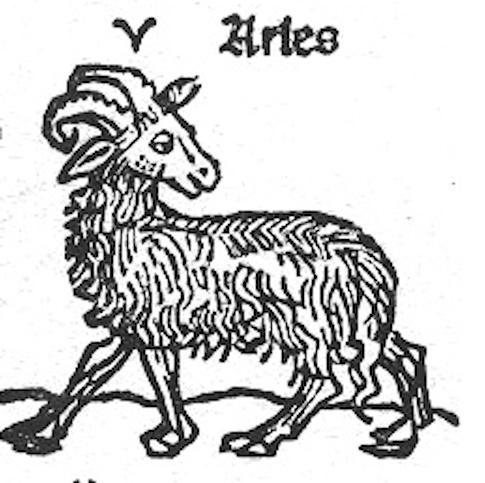
Aries
1st of April marks the middle of Aries... Aries originally had nothing to do with stars... It marked the end of the lambing season of the Eurasian wild sheep. I talked about it in my article "Ram and bull"... Aries (Ram) 21 March – 20 April.
Today, lambing season starts in January and lasts until April and calving season is all year round, but this is not a natural thing. We people changed the natural cycles of animals through domestication because it suited us.
But even today, with domesticated sheep, Aries is an important animal calendar marker. It marks the end of lambing season and the beginning of the milking season. I talked about this in my post "Aries must die"....
Thanks to Old European Culture website for this information.
Persephone
Goddess of spring and nature. Plutarch writes that she was identified with the spring season, and Cicero calls her the seed of the fruits of the fields. In the Eleusian Mysteries, her return from the underworld each spring is a symbol of immortality, and she was frequently represented on tombs.
| "A warm wind is the west wind it puts fleece on the sheep." | 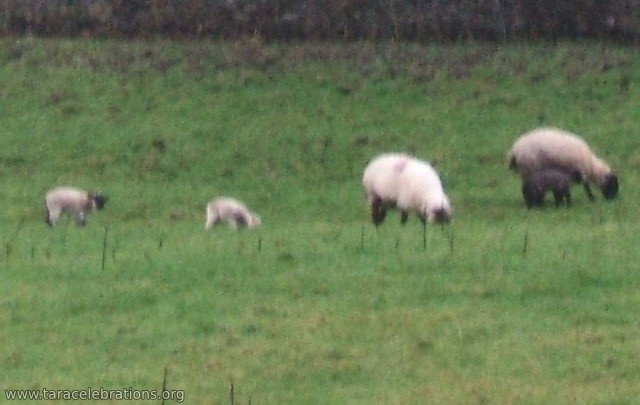 |
Lambs
The great Irish god of the sea, Manannán Mac Lir, had seven magical sheep at his home in the Land of Promise. They grazed, invisible, on many of the earth's high mountains. These legendary sheep were said to be able to produce enough wool to clothe all the men in the world.
If you get a wether lamb you will get two eggs. If you get a ewe lamb you will get three eggs. When you see the first lamb, it is right to say "Go mbeirimidh beo slán ar am seo arís." - May we live safely this time again.
These days, lambing takes place anytime between November and May – but the birth rate still peaks in spring. There are some breeds, eg. Dorset and Polypay, that are able to have lambs nearly anytime of the year.
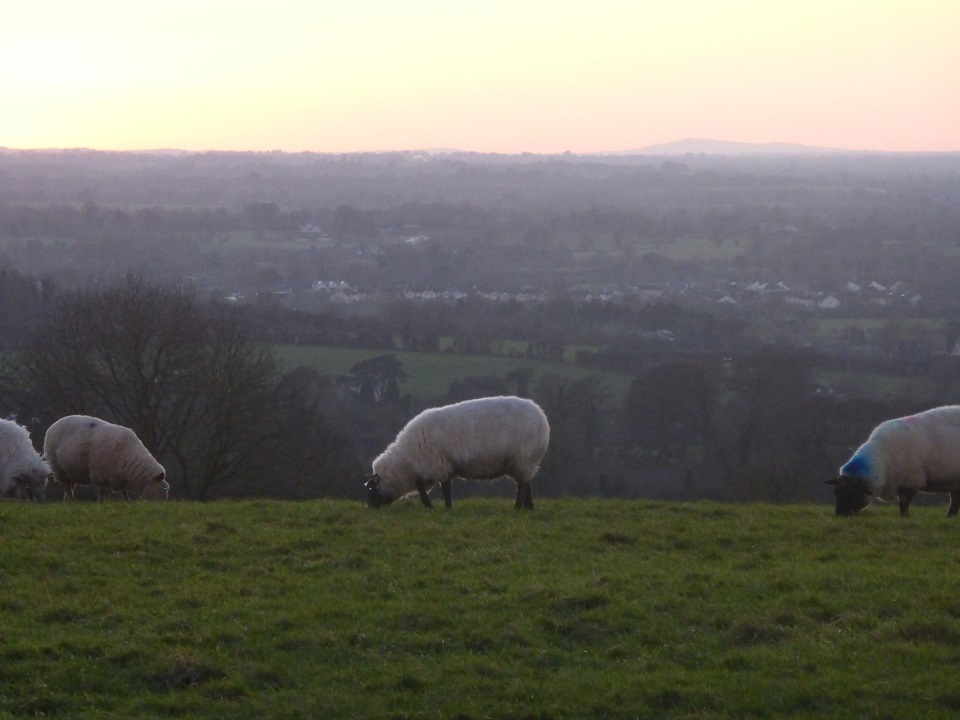 |





